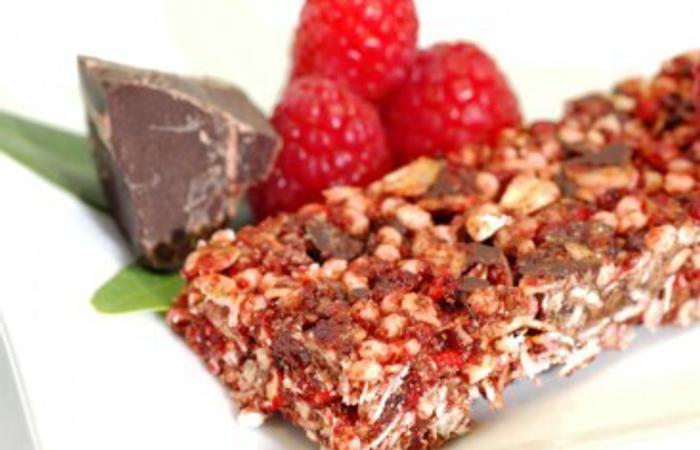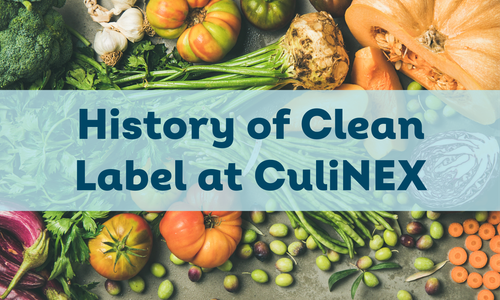
Consumer Demand for Natural Ingredients
As consumers increasingly seek healthier options, the demand for natural ingredients in the food and beverage industry continues to grow. Not only are people becoming more health-conscious, but they are also more discerning about the ingredients in the products they choose. This shift has sparked heightened interest in natural flavorings, prized for their cleaner, more authentic taste profiles. However, incorporating these ingredients into food products presents unique challenges, ranging from formulation complexities to cost management.
Natural Flavoring Systems: Meeting Consumer Demand
The growing consumer demand for clean-label products has made natural flavorings a sought-after option. More consumers now read ingredient labels closely, looking for natural ingredients that align with health trends. Natural flavors, derived from plant, animal, or microbial sources, help meet this demand by offering an alternative to synthetic compounds.
However, using natural flavors comes with several challenges. Shelf life is a critical factor, as many natural ingredients are less stable than their artificial counterparts. This can impact the flavor profile over time, especially in products with a longer shelf life. Additionally, integrating natural flavorings with functional ingredients like vitamins, proteins, or probiotics can further complicate the formulation process, making it essential to have a robust flavoring system in place.
Flavor Formulation Considerations: Product-Specific Strategies
Creating a natural flavoring system requires careful consideration of the product category. The type of product—whether it's dairy, bakery, or snacks—significantly influences the choice of flavor ingredients. Dairy products, for example, may require specific flavoring strategies to account for their fat content, which can carry and enhance certain flavors. Meanwhile, snacks may involve high-heat processing, which can degrade sensitive natural flavors if not properly encapsulated.
Processing and packaging methods also play a critical role in flavor formulation. High-heat processes such as baking or pasteurization can affect the integrity of natural flavor compounds, while certain packaging materials might either protect or diminish flavor stability. Manufacturers must balance ingredient selection with these processing requirements to ensure that the natural flavors remain robust throughout the product’s shelf life.
Natural vs. Artificial Flavoring: Cost and Sourcing Challenges
One of the most significant hurdles in using natural flavors is cost. Natural flavors are more expensive than artificial ones. This is due to several factors, including the sourcing process, which is often labor-intensive and dependent on natural resources. While natural flavors provide a purer, more authentic taste, their cost and variability can be barriers for manufacturers, particularly in competitive markets. Choosing between natural and artificial flavors often comes down to balancing consumer demand with production costs and ensuring that the end product meets the desired flavor profile.
Innovations in Natural Flavors: New Solutions for Stability and Protection
As the food industry continues to embrace natural ingredients, innovations in flavor technology are making it easier to use natural flavors without compromising product quality. Encapsulation techniques, for example, are being developed to improve the shelf life of natural flavors and protect them from degradation during processing. Encapsulation involves coating the flavor compounds with a protective layer, which shields them from heat, light, or moisture until they are released during consumption. This innovation allows manufacturers to use natural flavors in products that require long shelf lives or challenging processing conditions.
Encapsulation not only extends the shelf life of natural flavors but also helps preserve their potency and authenticity, making them more viable for a wider range of applications.
Conclusion: Natural Flavors as a Key to Success
As consumer preferences continue to shift toward natural ingredients, incorporating natural flavorings into food products is becoming essential. However, it requires navigating challenges related to cost, shelf life, and processing. By leveraging the latest innovations in flavor formulation and encapsulation techniques, manufacturers can successfully meet consumer demand for natural products while maintaining quality and flavor integrity.
CuliNex culinologist and contributing editor to Prepared Foods Magazine, Anne-marie Ramo offers up a primer on natural flavors and how to use them in the January 2015 issue, titled "Navigating Natural Flavorings".








